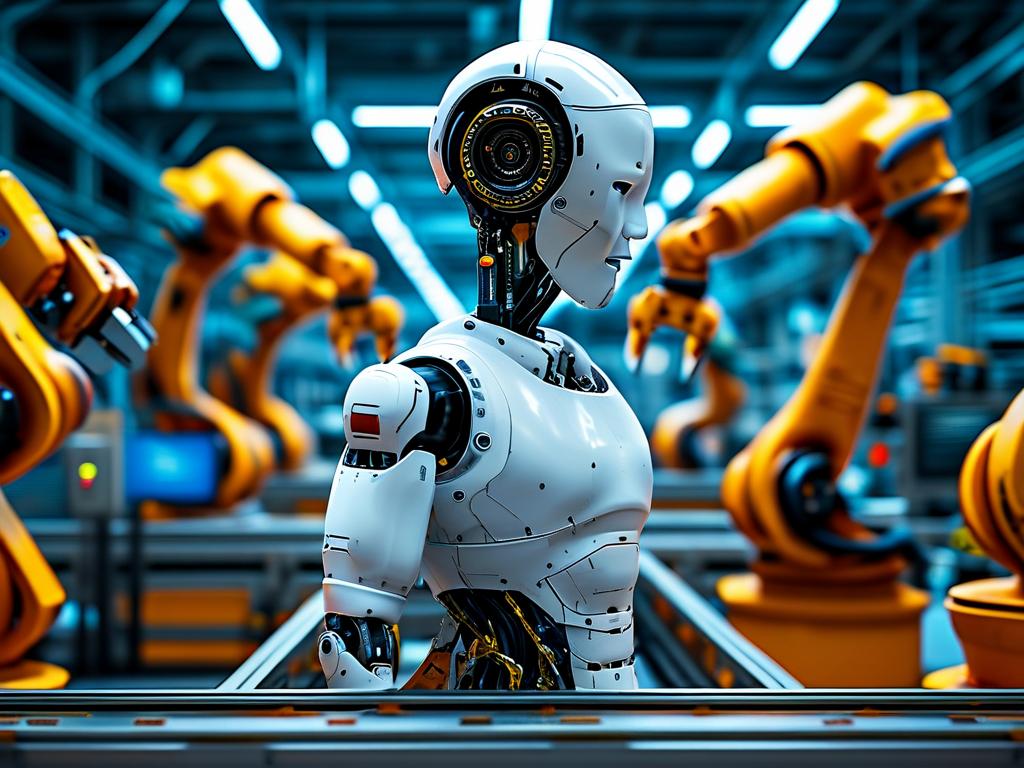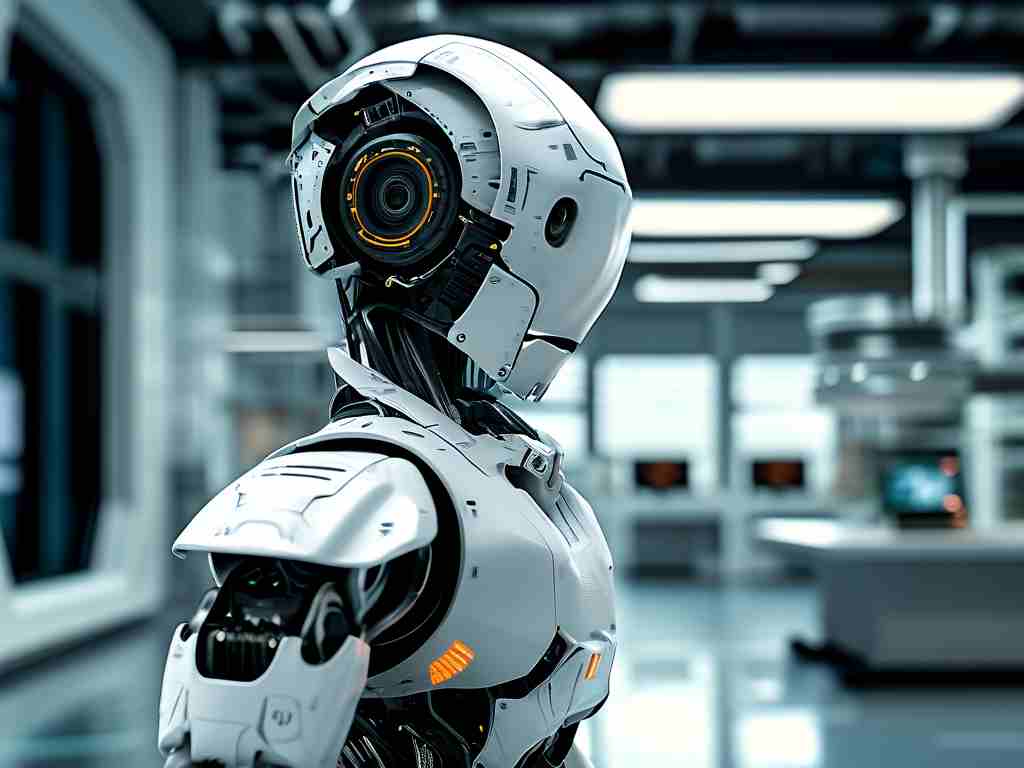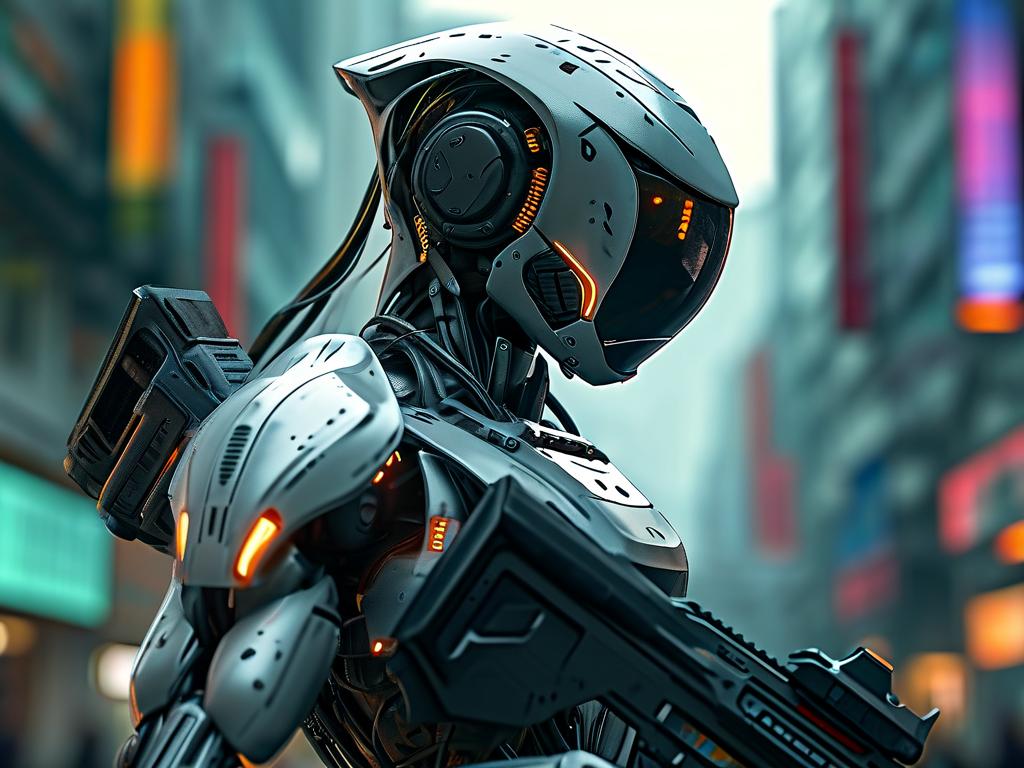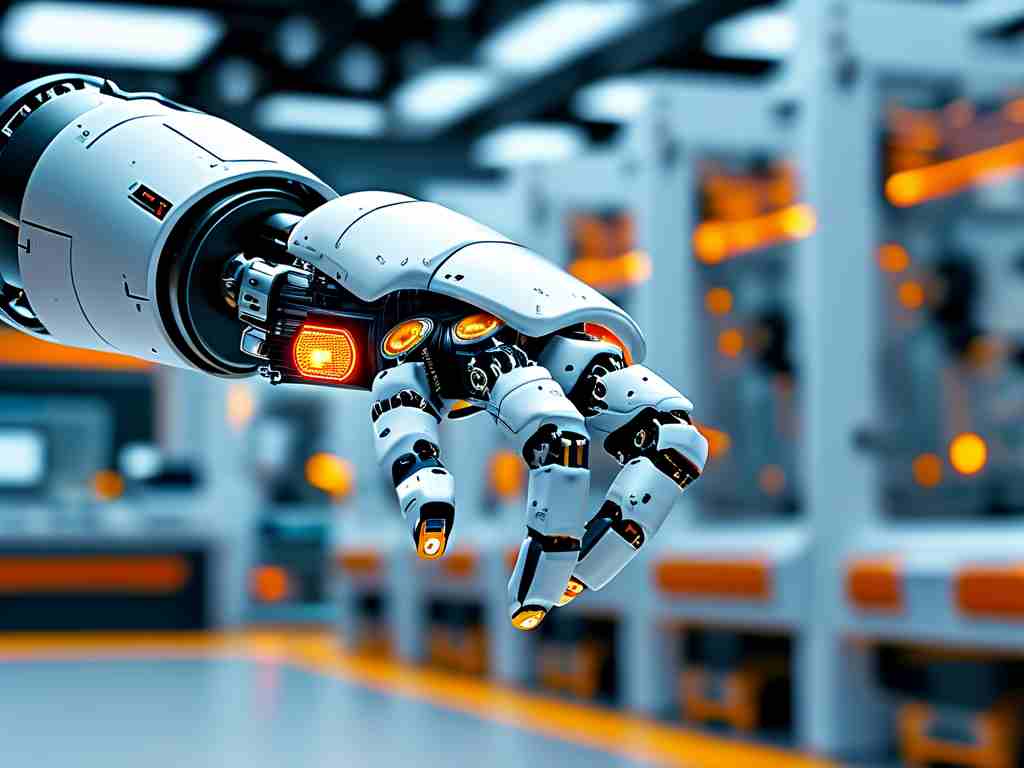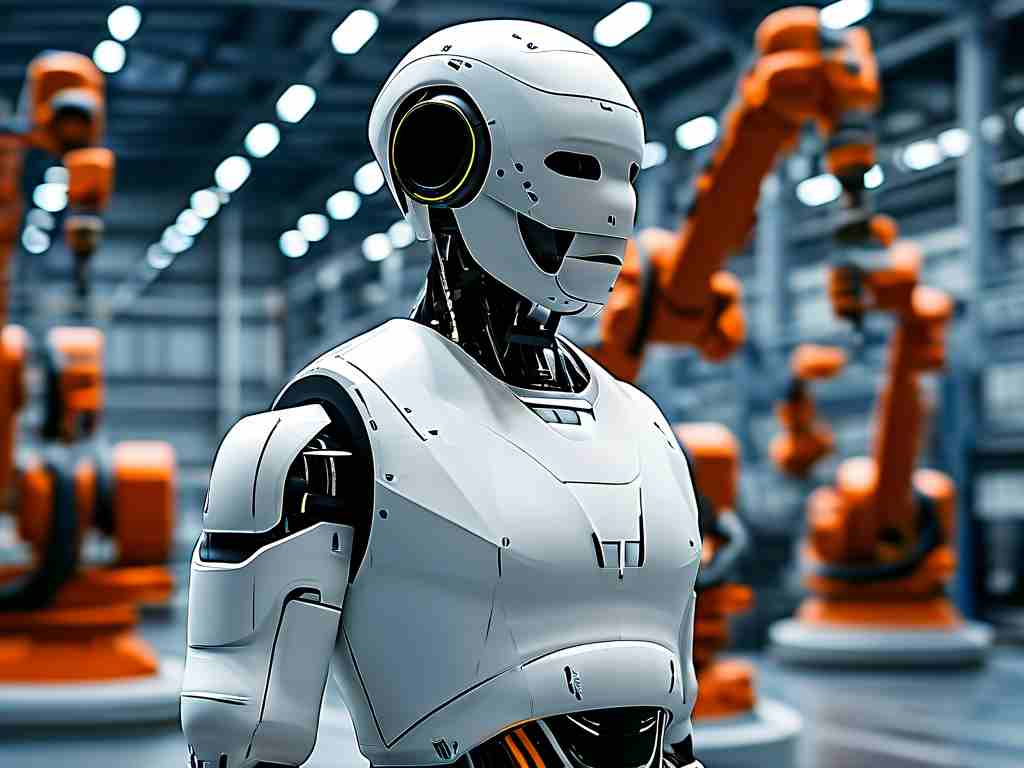The inverted pendulum system, a classic benchmark in control engineering, has long served as a testing ground for evaluating control strategies. Its inherent instability and nonlinear dynamics make it an ideal platform for studying balancing mechanisms – a challenge analogous to real-world applications like humanoid robotics, rocket stabilization, and autonomous vehicle systems. This article explores four widely implemented control algorithms that have demonstrated effectiveness in managing this complex system.
1. Proportional-Integral-Derivative (PID) Control
As the cornerstone of industrial control systems, PID controllers remain popular for inverted pendulum stabilization due to their straightforward implementation. The control law u(t) = Kₚe(t) + Kᵢ∫e(t)dt + Kₚde(t)/dt adjusts system behavior through three components: proportional correction for present errors, integral action for historical error accumulation, and derivative prediction for future trends. While effective for linearized models, traditional PID controllers face limitations in handling highly nonlinear dynamics or external disturbances. Modern implementations often incorporate adaptive tuning mechanisms, such as Ziegler-Nichols optimization, to enhance performance across varying operating conditions.
2. Linear Quadratic Regulator (LQR)
This optimal control approach employs state-space modeling to minimize a quadratic cost function J = ∫(xᵀQx + uᵀRu)dt, where Q and R matrices weight state errors and control efforts. For an inverted pendulum system with states [position, velocity, angle, angular velocity], LQR calculates an optimal feedback gain matrix through Riccati equation solutions. The method's strength lies in its systematic design process and guaranteed stability margins, though its effectiveness depends heavily on accurate system modeling. Engineers often combine LQR with Kalman filters for improved state estimation in noisy environments.
3. Fuzzy Logic Control
Introduced to handle systems with ambiguous mathematical models, fuzzy controllers use linguistic variables like "angle_positive_medium" or "velocity_high" to formulate control rules. A typical fuzzy control system for inverted pendulums might implement 49-121 rules in a Mamdani-type inference engine, converting crisp sensor inputs into nuanced control actions through membership functions and defuzzification processes. This approach excels in managing parameter uncertainties and nonlinearities but requires careful rule base design to avoid computational overhead. Recent implementations integrate neural networks for automated rule optimization.

4. Model Predictive Control (MPC)
MPC algorithms solve finite-horizon optimization problems at each control interval, making them particularly suited for systems with constraints. For inverted pendulum control, MPC might optimize motor torque inputs while respecting physical limits on cart acceleration and pendulum deflection. The receding horizon approach enables proactive compensation for anticipated disturbances, though it demands significant computational resources. Emerging solutions leverage GPU acceleration and simplified prediction models to achieve real-time performance.
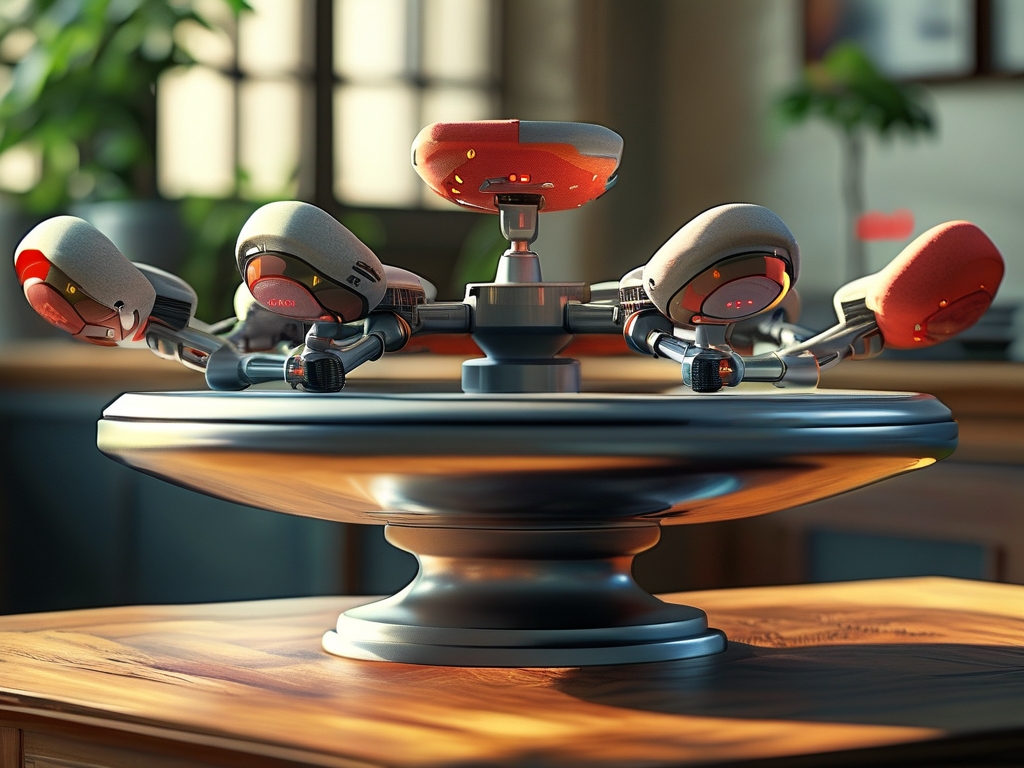
Practical Implementation Considerations
Hardware implementation introduces challenges beyond theoretical simulations. Sensor selection crucially impacts control performance – high-resolution encoders (≥4000 PPR) and MEMS gyroscopes with <0.1° drift/hour are often specified. Actuator dynamics, particularly motor dead zones and transmission backlash, frequently necessitate dynamic friction compensation algorithms. A practical implementation might combine multiple approaches, such as using LQR for coarse stabilization augmented by fuzzy logic for disturbance rejection.
Applications Beyond Academia
These control strategies find practical expression in diverse technologies. Segway-style transporters employ variants of LQR with inertial measurement fusion, while satellite attitude control systems adapt MPC for thruster management. Industrial automation applications include overhead crane control and precision machining platforms. Recent research explores reinforcement learning integration, where algorithms like Deep Deterministic Policy Gradient (DDPG) self-optimize control policies through simulated failures.
The evolution of inverted pendulum control algorithms continues to push the boundaries of control theory. From PID's elegant simplicity to MPC's constraint-handling sophistication, each method offers unique advantages that engineers can strategically deploy based on system requirements. As embedded computing power grows and machine learning matures, next-generation hybrid controllers promise unprecedented robustness in managing complex physical systems.




